Optimal Timing for Foundation Repairs
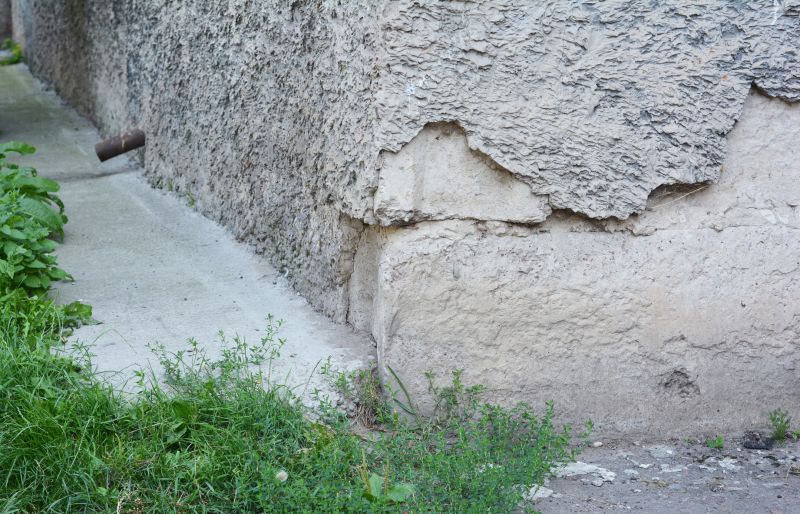
Spring offers moderate weather conditions ideal for foundation repairs, reducing the risk of weather-related delays.

Summer provides longer daylight hours and stable temperatures, facilitating efficient repair processes.

Fall's cooler temperatures and dry conditions help in ensuring proper curing of foundation materials.
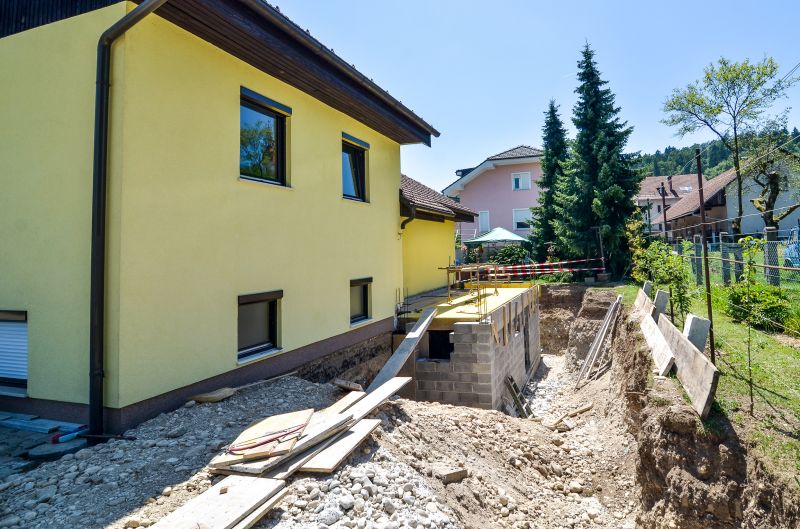
Winter repairs are possible but may be limited by cold temperatures and potential for ground freezing.

The best time generally falls between late spring and early fall when weather conditions are most conducive.
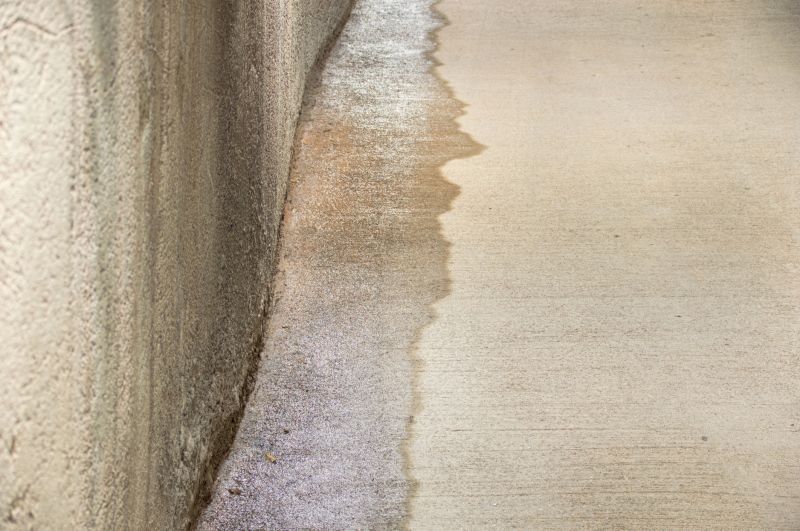
Unfavorable weather such as heavy rain or extreme cold can delay or complicate foundation repair work.
Foundation repairs are critical for maintaining the stability and safety of a structure. Timing can influence the effectiveness and longevity of repairs. Typically, the most suitable periods are during mild weather conditions when ground and air temperatures are moderate. Proper timing ensures materials cure correctly and reduces the risk of future issues caused by environmental factors.
Statistics show that foundation repairs performed during optimal weather conditions tend to last longer and require fewer follow-up repairs. Delays or repairs during extreme weather can lead to additional costs and complications. Planning repairs during the right season can contribute to a smoother process and better results.
Common methods include piering, underpinning, and slab jacking, each suitable for different types of foundation issues.
Cracks in walls, uneven floors, and sticking doors are typical indicators that repairs may be needed.
Factors influencing costs include the extent of damage, repair method, and property size.
Professional inspections help determine the best timing and method for repairs.
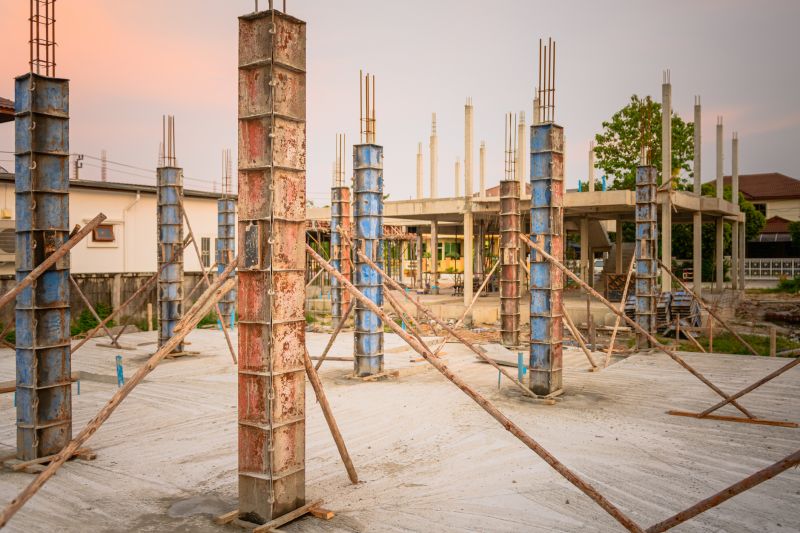
Image showing pier installation for foundation stabilization.

Close-up of cracked drywall indicating foundation settlement.

Soil treatment process to enhance ground stability.
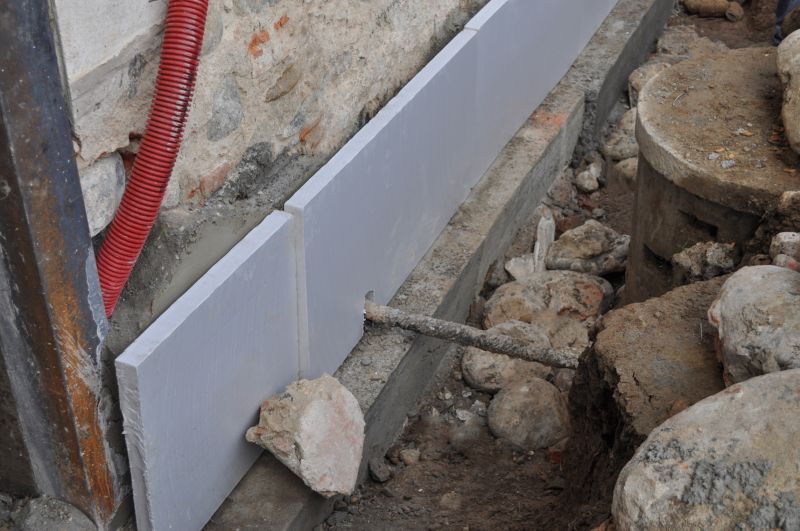
Underpinning techniques used to reinforce the foundation.
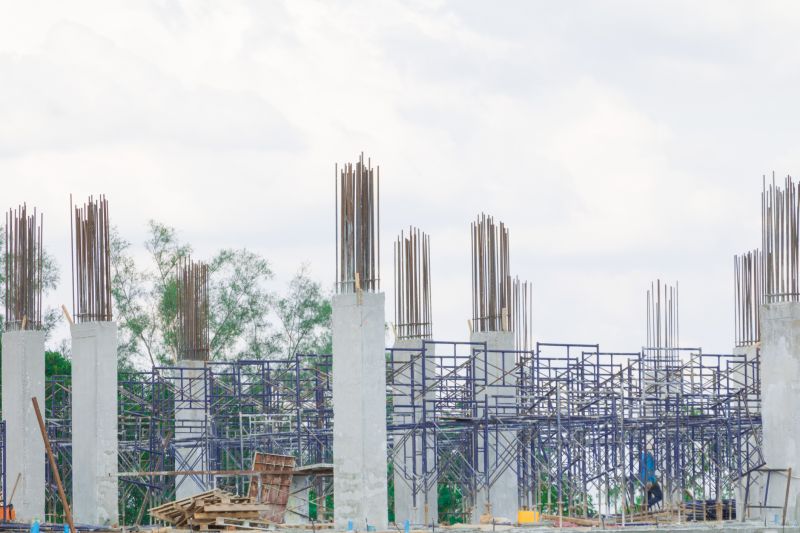
Installation of piers to lift and stabilize the foundation.
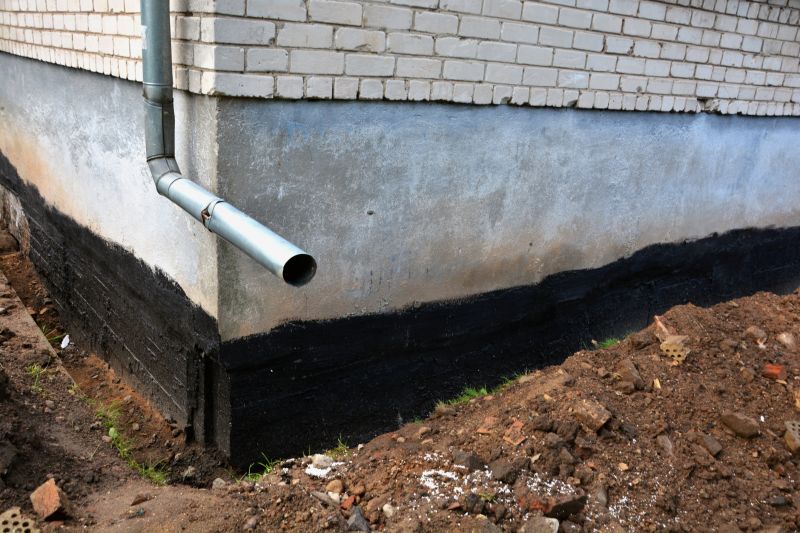
Proper drainage systems to prevent water accumulation around the foundation.
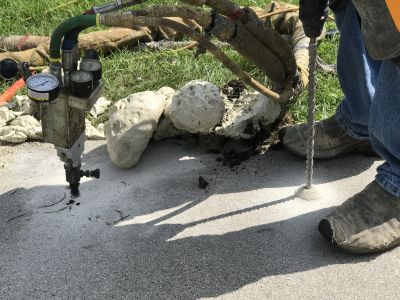
Tools and machinery used in foundation repair work.

Finished foundation stabilization with visible improvements.
| Season | Ideal Conditions |
|---|---|
| Spring | Moderate temperatures, dry ground |
| Summer | Long daylight hours, stable weather |
| Fall | Cooler temperatures, dry conditions |
| Winter | Cold temperatures, potential ground freezing |
| Optimal Period | Late spring to early fall |
Timely foundation repairs are essential for preserving the structural integrity of a property. Planning repairs during seasons with favorable weather conditions can lead to more durable results and reduce the likelihood of future issues. Consulting with foundation specialists can help determine the best time based on current ground and weather conditions.
Property owners should consider seasonal factors before scheduling repairs. Proper timing not only improves the quality of work but also minimizes disruptions and additional costs. Regular inspections can identify issues early, allowing repairs to be scheduled during the most suitable seasons.
Interested in foundation repair services? Fill out the contact form to get started.
Professional evaluation helps determine the best timing and repair strategy.




